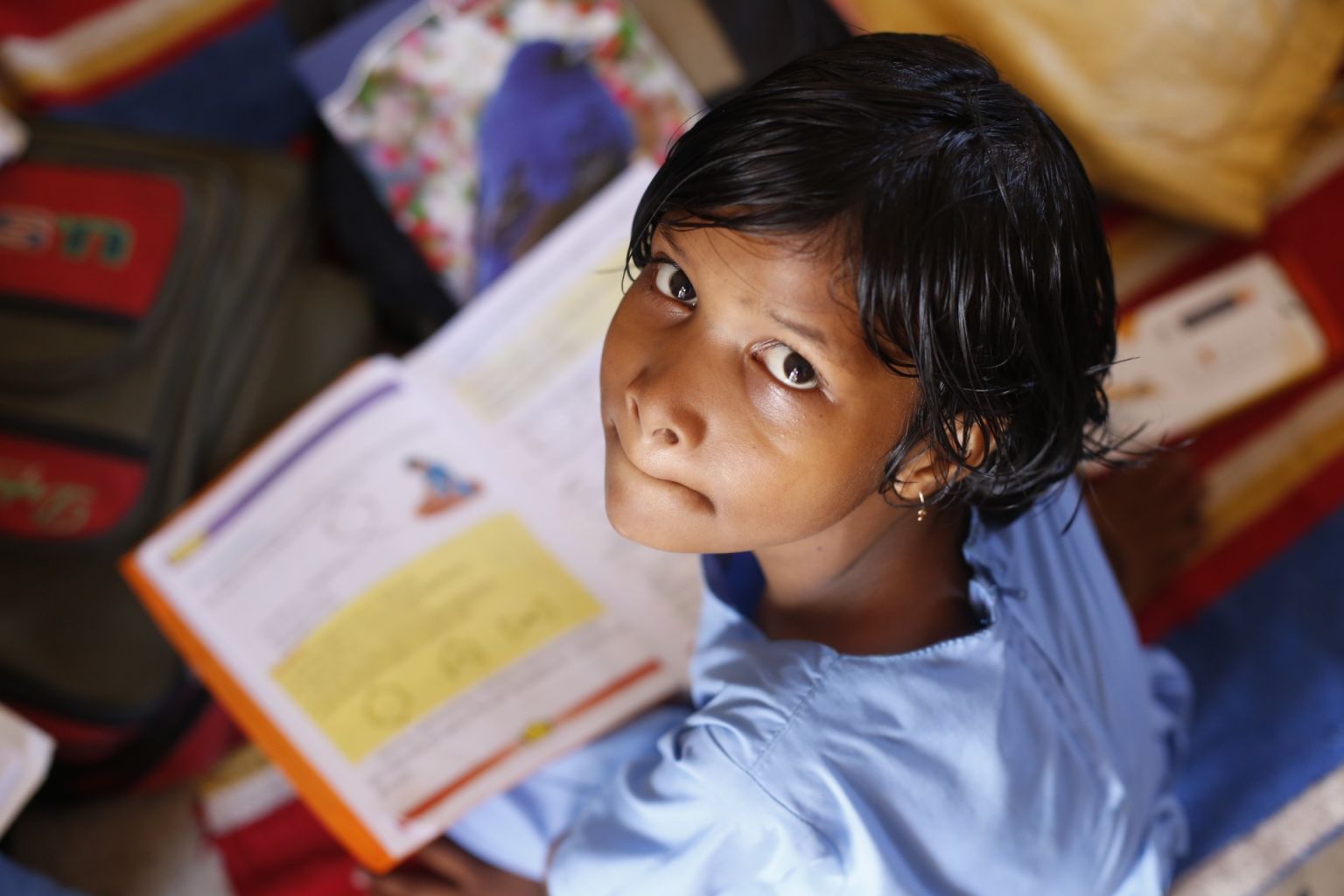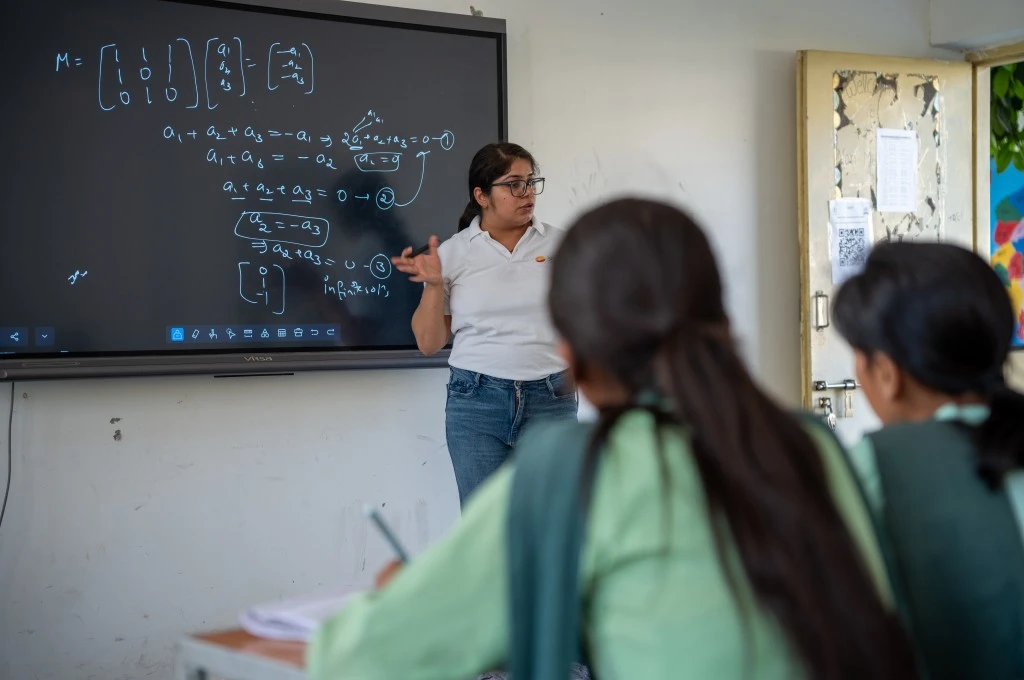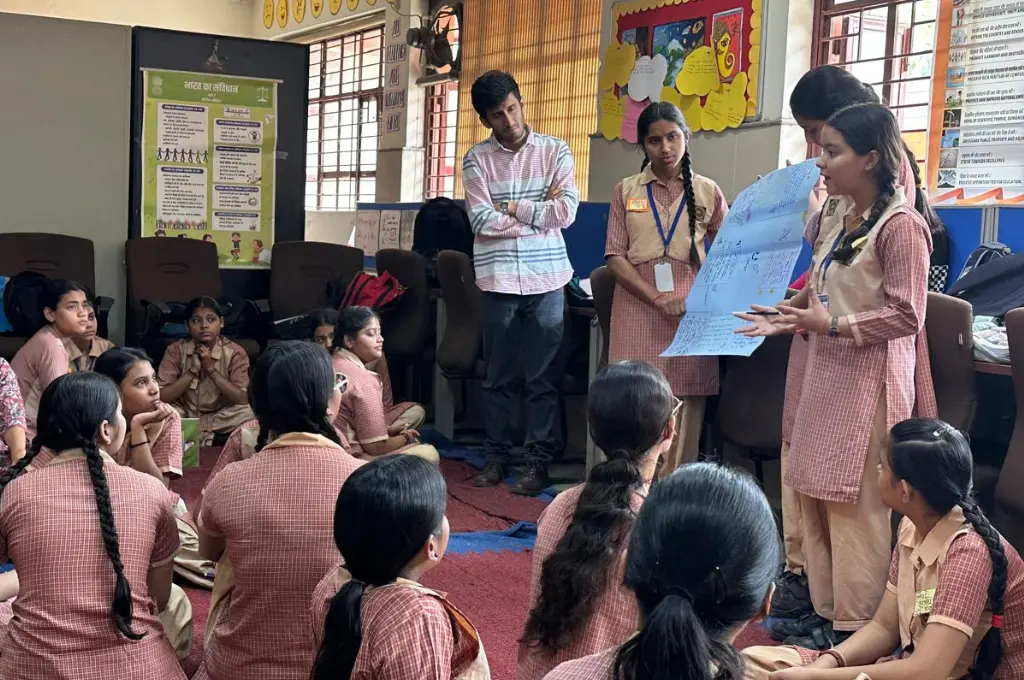School closures due to the nationwide lockdown in March 2020 meant that children were disengaged with formal education for a prolonged period. The resulting talks around e-education exposed India’s digital divide, with only 24 percent of households having access to the internet. Children studying in government schools were hit particularly hard, with a recent study indicating that more than 80 percent of government school students (in Odisha, Bihar, Jharkhand, Chhattisgarh, and Uttar Pradesh) hadn’t received any educational materials during the lockdown.
With this backdrop, Pratham Education Foundation conducted surveys for its Annual Status of Education Report (ASER) 2020. The first round of the report (called Wave 1) has been published, and through it Pratham attempts to fill the national data gaps on the status of rural education during the lockdown. It explores the provisions of remote-learning (educational materials), and how accessible these provisions were in rural India, as well as how often they were used.
To write the report, Pratham conducted a survey in late September 2020. Based on a random sample of participants drawn from the ASER 2018 database, the survey saw participation from 52,227 households and 8,963 teachers from 16,974 villages in 26 states and four union territories. Data was collected for each child between the ages of five and 16 in each household, and in schools it was collected for the grade that teachers could provide the most information for. Here are some highlights from the report.

Related article: Are schools ready for the post-lockdown world?
Children’s school enrolment
The report notes that there has been a marked shift in the number of children enrolled in government and private schools in 2020:
- Roughly, there are three to four percent more children enrolled in government schools than private institutions, as compared to 2018. This is true across all academic grades, for both boys and girls.
- For children between six to ten years of age, there as been a sharp increase in those not enrolled in school (from 1.8 percent to 5.3 percent). This can be explained by schools being shut, which implies that admissions for the Grade 1 are on hold.
Household resources
A family’s resources can influence the support they provide towards their children’s learning in a variety of ways. The report attempted to capture these varying support mechanisms:
- Parent education levels: Only 31.3 percent and 16.6 percent of surveyed mothers and fathers, respectively, had no schooling. In contrast, 53.1 percent of mothers and 70.8 percent of fathers had completed more than five years of school.
- Access to smartphones: For 22.5 percent children whose parents had ‘low’ education levels, there was a 45.1 percent chance of their household having a smartphone, with an 84 percent chance of the child bring enrolled in a government school. While for 27.6 percent children whose parents had ‘high’ education levels, there was a 61 percent chance of having a smartphone at home, with a 69.5 percent chance of the child being enrolled in a government school.
- Textbooks: Having relevant textbooks at home is crucial for a child’s learning. The report indicates that schools have fared fairly well in this regard, with 84.1 percent of government school children and 72.2 percent of private school children having relevant textbooks for their grade.
- Learning support: Taking all children across different grades together, close to three-quarters of all school children received school-related help from their family members. This was more pronounced for younger children, with 81.5 percent children in Grades 1 and 2 receiving help from family members as compared to 68.3 percent children in Grade 9 and above. Expectedly, parents with higher education levels were better equipped to help their children. In cases where parents had completed Grade 9 or more, approximately 45 percent of children received help from their mothers.

Only 35.6 percent of all enrolled children received some kind of learning materials or activities from their teachers. | Picture courtesy: PxHere
Access to and availability of learning materials and activities
Only 35.6 percent of all enrolled children received some kind of learning materials or activities from their teachers:
- The proportion of children in higher grades (Grade 9 and above) receiving learning materials was 37.3 percent, while the same for children in lower grades (Grades 1-2) was 30.8 percent. The numbers were consistently higher for children in private schools compared to government schools across all grades.
- Among those who did receive learning materials, 67.3 percent of government school students and 87.2 percent private schools students received them on WhatsApp. Government schools tended to use phone calls and personal visits more often than private schools.
- Of the enrolled children who didn’t receive any learning materials, 68.1 percent of parents cited schools not sending materials, while 24.3 percent households stated not owning a smartphone as the reason. This number was almost five percent higher for government schools than private schools.
Children’s engagement with remote-learning
Of the 35.6 percent households which did receive learning materials during the survey week, most reported that children engaged in some kind of educational activity during that week:

- For children in all schools, 59.7 percent reported using textbooks.
- Students in higher grades were more likely to engage with online classes or video recordings than their younger counterparts. For students in Grade 9 and above, 27.5 percent accessed videos or recorded classes and 16.3 percent accessed live online classes. The same numbers for students in Grades 1 and 2 were 16.6 percent and 7.3 percent.
- Recorded video lessons and online classes were more accessible for private school students, with 28.7 percent reporting using video recordings and 17.7 percent reporting using live online classes. The same numbers were for government school students were 18.3 percent and 8.1 percent, respectively.
Related article: “You cannot bypass the power of communities”
Involvement of schools
The survey also examined how schools understand their ability to maintain contact and conduct remote learning with their students. Of the total 8,963 teachers surveyed, more than half were from primary schools, while most of the remainder were from upper primary schools. Half of them responded for Grades 2, 4, or 5; and more than a quarter for Grades 6, 7, or 8:
- Teachers reported having the phone numbers of at least half of their students. However, the necessary training provided to them was inadequate, with only half reporting having received any training.
- Two-thirds of all respondents reported that they had shared learning materials in the previous week, while another 21 percent had shared materials at least once during the lockdown. Another 86.8 percent had shared textbooks with all children in the selected grade.
- Seven out of every ten schools respondents reported receiving help from a variety of community actors in order to reach and support children.
Existing inequalities in education have only been further exacerbated during the lockdown. The report makes clear that a large number of children are in danger of being pushed out of formal education, and the marginalised populations, as always, remain at greater risk.
—
Know more
- Read about how children learning during the pandemic surprised everyone in parts of Odisha and Jharkhand.
- Read this report on how the pandemic, and efforts to maintain learning continuity, may have worsened exclusionary trends worldwide.




